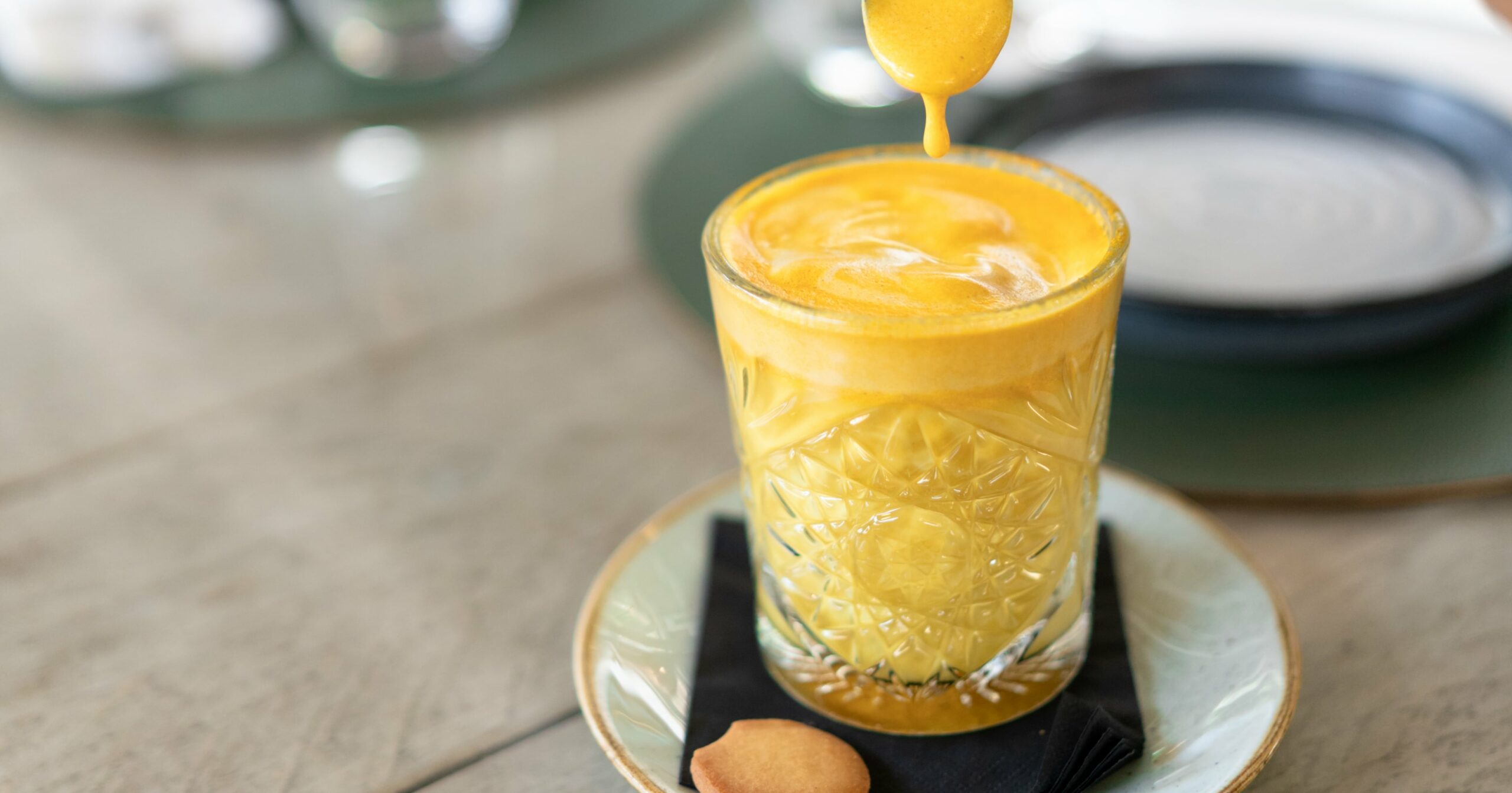LONDON — Europe’s big luxury names are playing the long game on New Bond Street, stockpiling their cash and preparing to pounce on an ever-dwindling number of prime retail properties with flagship store potential, according to real estate experts here.
Prada Holding’s 250 million pounds planned purchase of the Miu Miu site at 150 New Bond Street is the latest power move in a race to buy that began more than a decade ago in London, and other key international shopping cities.
Over the past 10 years, LVMH Moët Hennessy Louis Vuitton, Richemont, Kering and Swatch Group have all bought at least one property on Bond Street, but they’re hungry for more.
You May Also Like
The race to buy has become even more competitive in a post-lockdown world where physical stores and immersive experiences are king.
In addition, stubbornly high interest rates are prompting institutional investors to offload their holdings in these prime spaces, while luxury companies are eager to take advantage of once-in-a-generation opportunities, and lock in properties for the long term.
Prada Holding, the family-owned arm of Prada SpA, bought the Miu Miu building, which spans 4,000 square feet, from the asset manager M&G Investments. It was the first time in decades that the building had been sold.
Anthony Selwyn, co-head of the Savills Prime Global Retail Team, said that when brands spot an opportunity on the street, “they do not hesitate, and they’ve been very aggressive” when it comes to buying property.

“I think there will absolutely be more deals as companies seek to protect their longterm positions on the street,” Selwyn said, adding that with stock markets on a rollercoaster due to the new U.S. tariffs, prime bricks-and-mortar retail is looking like a safer-than-ever haven.
But brands are not looking for just any space on the street. Specifically, they want sites that will house flagship stores for their growing portfolio of brands.
Selwyn said companies often play a forward-looking game of chess with their brands on New Bond Street, which was the third most expensive retail destination in the world in 2024, according to Cushman & Wakefield. Rents were $1,762 per square foot annually, 13 percent higher than the year before.
The big groups, he said, “know that certain brands within their portfolios are going to get bigger. At LVMH, they’re [likely] thinking where Loro Piana, or Celine, are going to be in 10 years’ time, and whether Loewe will need to be trading from a much bigger store in five to 10 years.”

Selwyn added that London is particularly attractive for flagship hunting as brands can take an entire town house or building, whereas in New York City, they might only be able to take a few floors. The brands have certainly been taking advantage of those opportunities.
In 2020, Chanel made a punchy offer of 310 million pounds to purchase the site of its flagship at 159 New Bond Street from SEB, the Swedish pension fund, while in 2023, Swatch Group purchased the building at 171 New Bond Street, which its brand, Harry Winston, has occupied since 2006. The transaction was worth 90 million Swiss francs, or about 81 million pounds.
Today, there are only a few flagship properties left on New Bond Street that are not owned by luxury groups. And they aren’t for sale — at least not right now.
Those buildings include Ralph Lauren, at number 1; Burberry, at 21-23; Brunello Cucinelli at 135-137; and the site, already leased to Kering, on the corner of New Bond and Grafton Streets.
The owners of those properties include the Singapore-based Pacific Eagle, and private, family-run investment companies. Ralph Lauren’s landlord is none other than the London-based jeweler Laurence Graff.

Gabriele Cerrone, whose company Trophaeum Asset Management owns the site of the Gucci flagship at 144-146 New Bond Street, has been investing in the neighborhood for years, and believes now is the time for luxury brands to strike if they want to own on the street.
“It’s a unique moment” due to high interest rates, which are making properties expensive for institutional investors, Cerrone said.
That presents an opportunity for luxury brands, which are cash-rich, long-term investors. “These big groups want guarantees, stability and they see these sites as future cash machines for their brands.”
In addition, physical stores are back in fashion. “The threat of online turned out to be a fad. People today want bricks-and-mortar,” said Cerrone, who has always taken the long view with regard to real estate.
Trophaeum transformed the once-sleepy Albemarle Street in Mayfair into the home of stores including Thom Browne, Aquazzura and Self-Portrait, the restaurant Isabel and Robin Birley’s private members club Oswald’s.
The company also bought and developed the site where Gucci’s New Bond Street flagship is located (it used to be Halcyon Gallery) and owns the store at 139 New Bond Street, where Alaïa’s only flagship outside Paris is located.

Trophaeum transformed the building that now houses Maison Estelle, the private member’s club on Grafton Street, and was also behind the Global Blue luxury tax-free shopping lounge, which was forced to shut when the U.K. canceled the tax perk.
Cerrone has also expanded his reach to other European cities including Milan, where he bought the historic ’30s building that will house the city’s first Soho House club.
Pre-COVID-19, Cerrone said that prime flagship sites in London — and even Milan — weren’t as valuable as they are today because so many brand owners were worried about the dominance of e-commerce.
As a result, they focused on building their online stores, or working with Farfetch and its founder José Neves on how to improve the omnichannel experience.
But that fash-tech bubble burst at the end of 2023. Matches disappeared, Farfetch collapsed and was later rescued by Coupang, while Mytheresa is set to finalize its deal to acquire Yoox Net-a-porter in the coming weeks.
Consumers, meanwhile, have rushed back into stores, demanding “immersive retail,” “storytelling” and “experiences,” all of which are difficult to conjure online.

In its latest “Main Streets Across the World” report, Cushman argued that “In many respects [retail stores] are more important than ever.”
Cushman added that physical stores and immersive experiences help to cement brand loyalty, and “while e-commerce plays a role in an omnichannel strategy, it is the physical embodiment of the brand that customers connect with. For this reason, luxury brands continue to scour strategic locations in search of suitable space.”
Cerrone added that in addition to guaranteeing longterm spaces for their brands on the street, these companies are also banking on the return of prosperity to London.

“Bond Street is the only luxury Street in Europe that’s been battered by the repeal of tax-free shopping. If it’s ever restored,” the luxury brands will be sitting on a gold mine, he said.
With a Labour government entrenched until at least 2029, that’s unlikely to happen anytime, but the big brands are also big planners, and always thinking about the success of the next generation.
Cerrone added that if tax-free shopping returns, it will be more lucrative than ever. “The U.K. is out of the European Union, so stores will be able to offer tax-free shopping to the traditional American, Japanese and Chinese tourists and to the Germans, Italians, Spanish and other Europeans, too,” Cerrone said.



